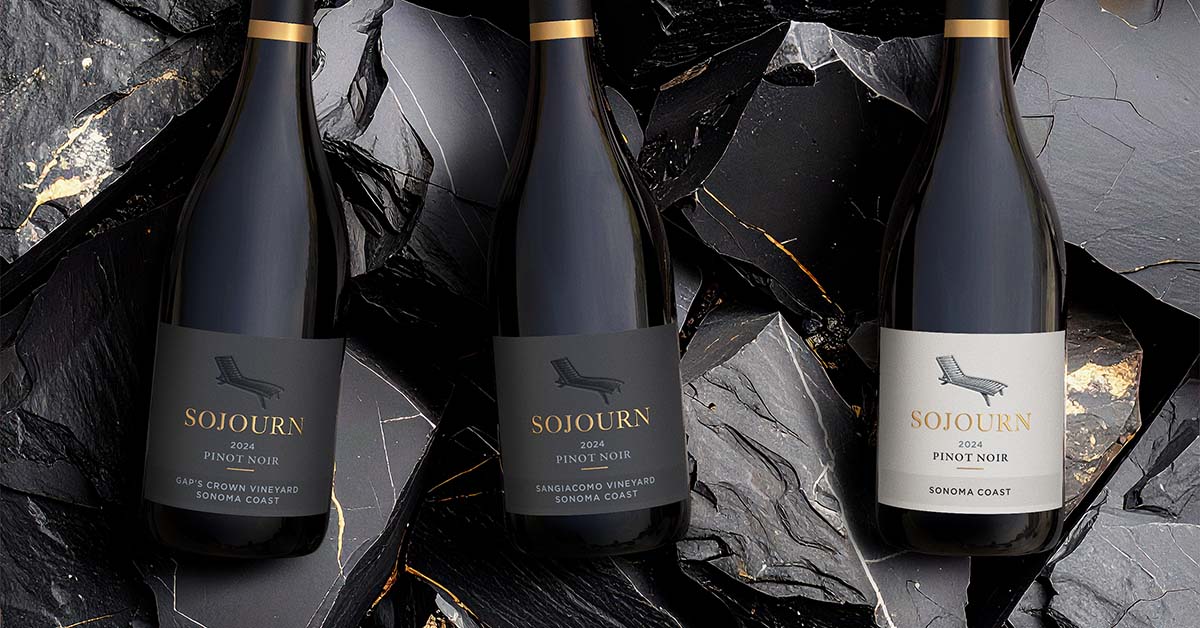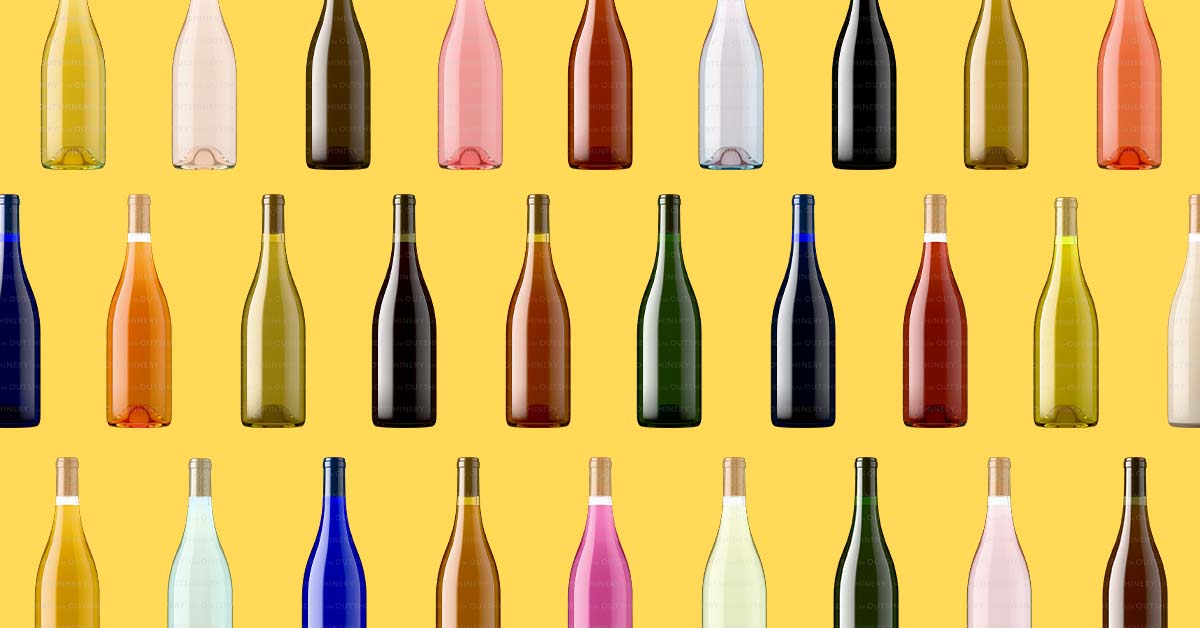Why the digital economy is failing wine brands
Producers of many consumer products are comfortable selling online. Why not wine?

In this guest post, Sebastien carves out the barriers separating wineries from experiencing success in the digital economy and how to get over them.
The global wine market is now facing the nightmare scenario many commentators have been warning about for well over a decade. Smaller producers must stop relying on tasting room visitors to find and convert customers. This treat became existential for a significant number of wineries with COVID forcing an abrupt end to the ongoing reliance on restaurant sales.
Low production volume prevents distribution
First, it’s important to understand that economies of scale are outstandingly difficult to achieve in the world of wine. Neither land nor capital are easily available to producers ― most of them around the world are small businesses. As a result, low volumes produced mean higher production costs per bottle, which in turn means broad retail distribution is economically out of reach. This leaves the most obvious approach on the table: direct sales.
Sadly with most producers being small, consumers must find their way through thousands of Argentinian Malbecs, Californian Pinot Noirs, Australian Shiraz, or French Bordeaux. But your brand is special, so compete on your own story, your own personality, your own portfolio.
Diverse offering hinders conversion to sale
Yes, the internet allows consumers to research products and connect with producers more easily. But merely having a website or a club is not enough for producers to improve online sales. The reality is such that consumers have plenty of choices. Getting a visitor to place a future purchase may be within reach, however convincing new customers to place their first purchase for a product they have never experienced before seems impossible.
Larger producers and also non-wine brands have understood this. They have carefully crafted an experience for their target consumers to identify with their brand, and efficiently use decade-old digital channels to access new consumers. Yes, Google and Facebook have been with us for well over a decade!
Yet consumers are increasingly demanding smaller productions, more handmade, and sustainable techniques. This is a great opportunity for smaller producers to appreciate how an outstanding experience is baked in with their product, and selling wine to visitors of a tasting room—or online and strictly based on price alone—is simply not the strength of their business model.
COVID amplifies an existing challenge
Many industry players in California, Australia, and around the world suggest the pandemic is now and will continue to destroy wine businesses. In my opinion, the various shelter-in-place orders, restaurant closures, and the consumer rush towards online “physically-distanced” deliveries have only amplified the need for the industry to better use technologies.
I would also suggest that technology offerings need to be better adapted to the global industry instead of localized, and better suited for smaller wine producers to adopt as they now understand how ecommerce and online sales are just fine to most consumers.
Technology is not a cost center
E-commerce has been a part of our daily lives for over two decades. Many businesses still consider software as an expense to their business. Much like you cannot make wine without growing or buying grapes, online sales cannot take place without technology. Business owners must now change their thinking. Software is a cost of doing business, and essential to driving and increasing sales, in an industry where it’s nearly impossible to differentiate a business on product alone.
As a wine producer, keep in mind that while technology may seem daunting at times, like most things “new,” don’t hesitate to ask questions. Set aside weekly “learning time” ― the internet is full of resources, so run a quick search, and you’ll find plenty of people, products, and software to help.
Commit to an outcome and watch your brand thrive online!

Sebastien Tremblay is the chief executive officer at Troly, a software solution for the management and distribution of wine sales. He has a passion for working with producers to better understand their business, increase their margins, and shine the spotlight on their wines.
This story first appeared on Troly. Shared here with permission + commentary by Outshinery.









































